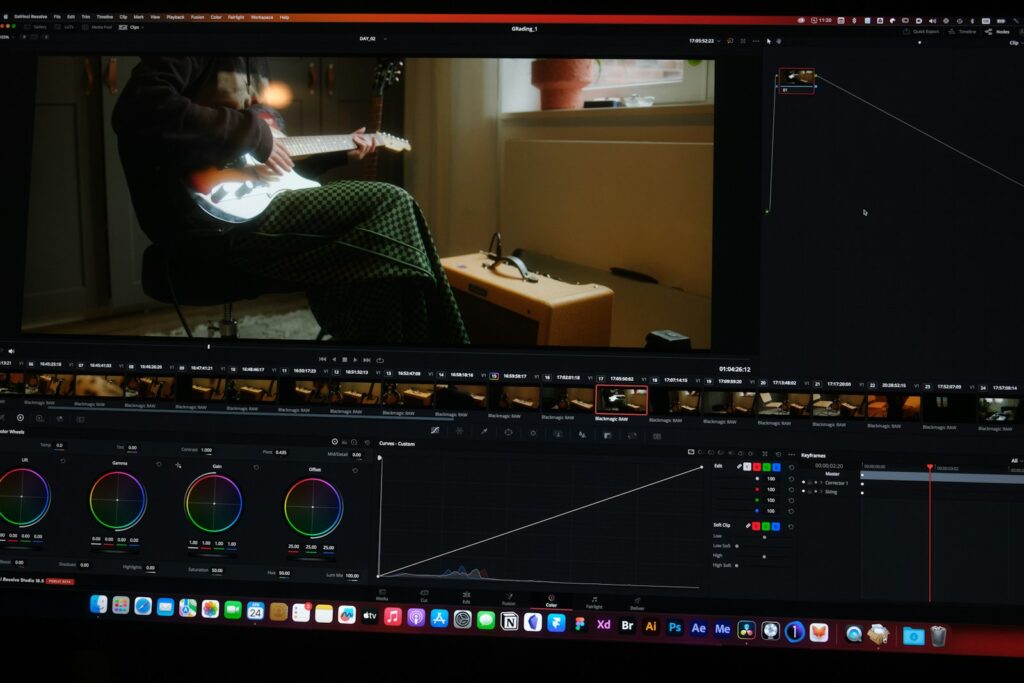Video File Size Calculator
With our easy-to-use video file size calculator, you can quickly estimate how much storage your videos will need based on their resolution, bit rate, and format.
Video File Size Calculator
Video File Size Calculator: Key Components

Understanding Video File Size
Video file size is determined by several factors, including the length of the video, resolution, frame rate, bit rate, and the codec used for compression. By understanding these elements, you can accurately estimate or calculate the file size of any video.
Resolution and Its Impact on File Size
Resolution refers to the number of pixels displayed in each dimension (e.g., 1920×1080 for Full HD). Higher resolution means more data, which translates to larger file sizes.
Frame Rate: How it Affects File Size
Frame rate, measured in frames per second (fps), determines how many frames are shown per second of video. Higher frame rates create smoother motion but also increase the file size.
Bit Rate: The Key Determinant of Video File Size
Bit rate is the amount of data processed per second of video, typically measured in kilobits per second (kbps) or megabits per second (Mbps). Higher bit rates generally result in higher quality but also larger files.
Codec: Balancing Quality and File Size
A codec is used to compress and decompress video files. Common codecs include H.264, H.265, and VP9. Each codec offers a different balance between compression (and thus file size) and quality.
Estimated Video File Size Tables
Here are some estimated file sizes for common video settings:
| Resolution | Frame Rate | Bit Rate | Length | Estimated File Size |
|---|---|---|---|---|
| 1080p | 30fps | 5Mbps | 1 min | 37.5 MB |
| 1080p | 60fps | 10Mbps | 1 min | 75 MB |
| 4K | 30fps | 20Mbps | 1 min | 150 MB |
| 4K | 60fps | 40Mbps | 1 min | 300 MB |
Example Calculations
1080p at 30fps, 5Mbps for 10 minutes:
- Calculation: (5Mbps x 60 seconds x 10 minutes) / 8 (to convert to bytes) = 3750MB or approximately 3.75GB
4K at 60fps, 40Mbps for 5 minutes:
- Calculation: (40Mbps x 60 seconds x 5 minutes) / 8 = 15000MB or 15GB
Factors Affecting Video File Size Beyond Basic Calculations

Compression Techniques
Advanced compression techniques used by codecs like H.265 (HEVC) can significantly reduce file size while maintaining quality. Understanding how compression works can help in making better decisions when encoding videos.
Variable Bit Rate (VBR) vs. Constant Bit Rate (CBR)
VBR allows the bit rate to vary depending on the video’s complexity, which can lead to smaller file sizes compared to CBR, which uses a fixed bit rate throughout the video.
Audio Settings and Their Impact
Audio settings such as sample rate, bit rate, and channels (e.g., stereo, 5.1 surround sound) also contribute to the overall file size, though to a lesser extent than video settings.
Video Length
The duration of the video directly impacts its file size. Longer videos will naturally require more storage space, even at lower bit rates or resolutions.
